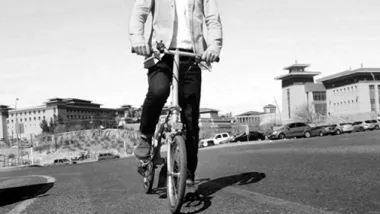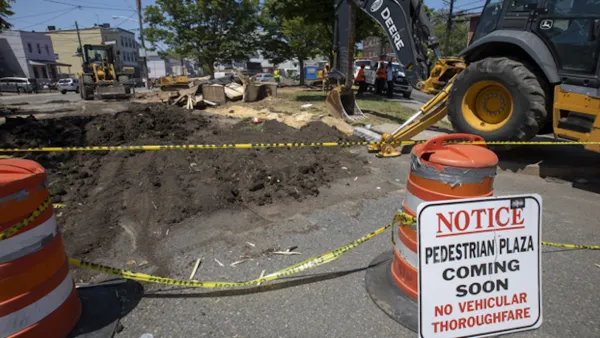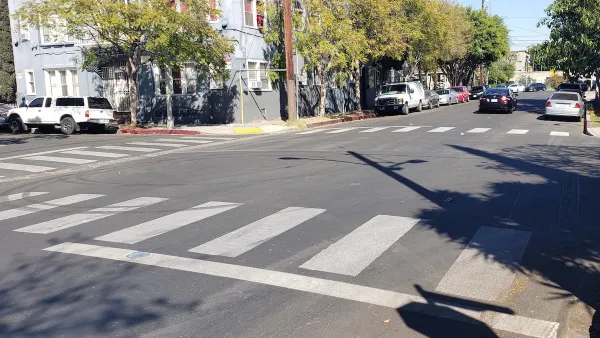With a grant from the Knight Foundation, Street Plans is creating the "Tactical Urbanist's Guide to Materials and Design" to provide engineer-approved materials guidance for citizen-led demonstration, and city-led pilot and interim design projects.
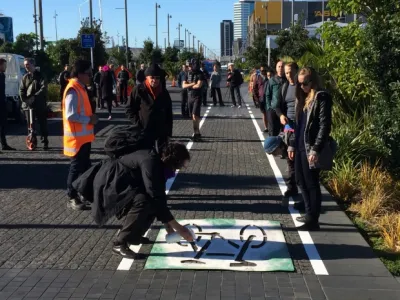
Maybe you've heard about Tactical Urbanism—a neighborhood building approach that harnesses the ingenuity and spirit of communities to quickly improve city life. Perhaps you've read our book, and learned how city dwellers and city leaders around the globe are using this approach for everything from guerilla wayfinding to pop-up retail and 'quick-build' traffic calming.
If these projects inspire you, it's probably time to launch an intervention of your own. Maybe you are a community activist who wants to create a temporary protected bike lane to show city leaders and your neighbors how to make streets safer for all. Or, perhaps you are a city engineer wanting to advance that street redesign project sitting on the shelf and realize that working with community groups and utilizing low-cost temporary materials could help your department test various project elements before capital dollars are expended. But you might also have a lot of questions: What materials should you use, and how? How much do they cost? Will I need a permit? What's the safest, most effective way to get the project done?
Whether coming from clients, activists, or community-minded business owners, these questions are among the most common we're asked to answer. However, we've learned that sharing best practices one city, one advocacy organization at a time is not the most effective way to transfer knowledge. So here's the good news: Street Plans is developing a series of new resources to get these and many other questions answered and your project under way.
"The Tactical Urbanist's Guide to Materials and Design" will provide high-quality, engineer-approved guidance for implementing a range of interventions intended to make streets safe. In line with the Vision Zero goal of ending all traffic fatalities, the Guide focuses on rapidly implementing street-safety enhancement projects such as high-visibility crosswalks, curb extensions, pedestrian refuge islands, protected bike lanes, and public plazas.
To accompany the Guide, we're organizing a series of "beta city" workshops that will offer hands-on training for government departments looking to implement Tactical Urbanism projects (a Request for Interest is now available for North American cities).
The Guide and workshop series was inspired by some work we conducted alongside Auckland Transport in June 2015. With a 150' roll of traffic tape lugged all the way from our Brooklyn office and bottle of spray chalk provided by a local advocate, we moved more than 40 AT engineers and planners out of the classroom and into the street to demonstrate how quick and simple change could be. At the completion of the workshop we realized a new guide outlining materials and a hands-on workshop approach could effectively help us transfer the knowledge—and materials—needed to implement demonstration, pilot and interim use projects.
Thanks to funding from the Knight Foundation and review support from NACTO and the Vision Zero Network, the Guide and workshops will provide information on how to create both short-term demonstration projects (typically led by community groups and lasting 1-7 days) as well as pilot and interim-design projects (often led by city governments and lasting from 30 days to several years). To inform the Guide, we're pulling together our own best practices from work in cities across the globe, as well as additional knowledge gleaned from a national research survey of the most effective materials and design used by leading cities today.
For both the Guide and workshops, our goal is simple: put more resources in the hands of cities ready to make quick changes, and involve more citizens along the way. In this way, we hope to inspire—and empower—a new generation of citizens, planners and policymakers to become key actors in the transformation of their communities.
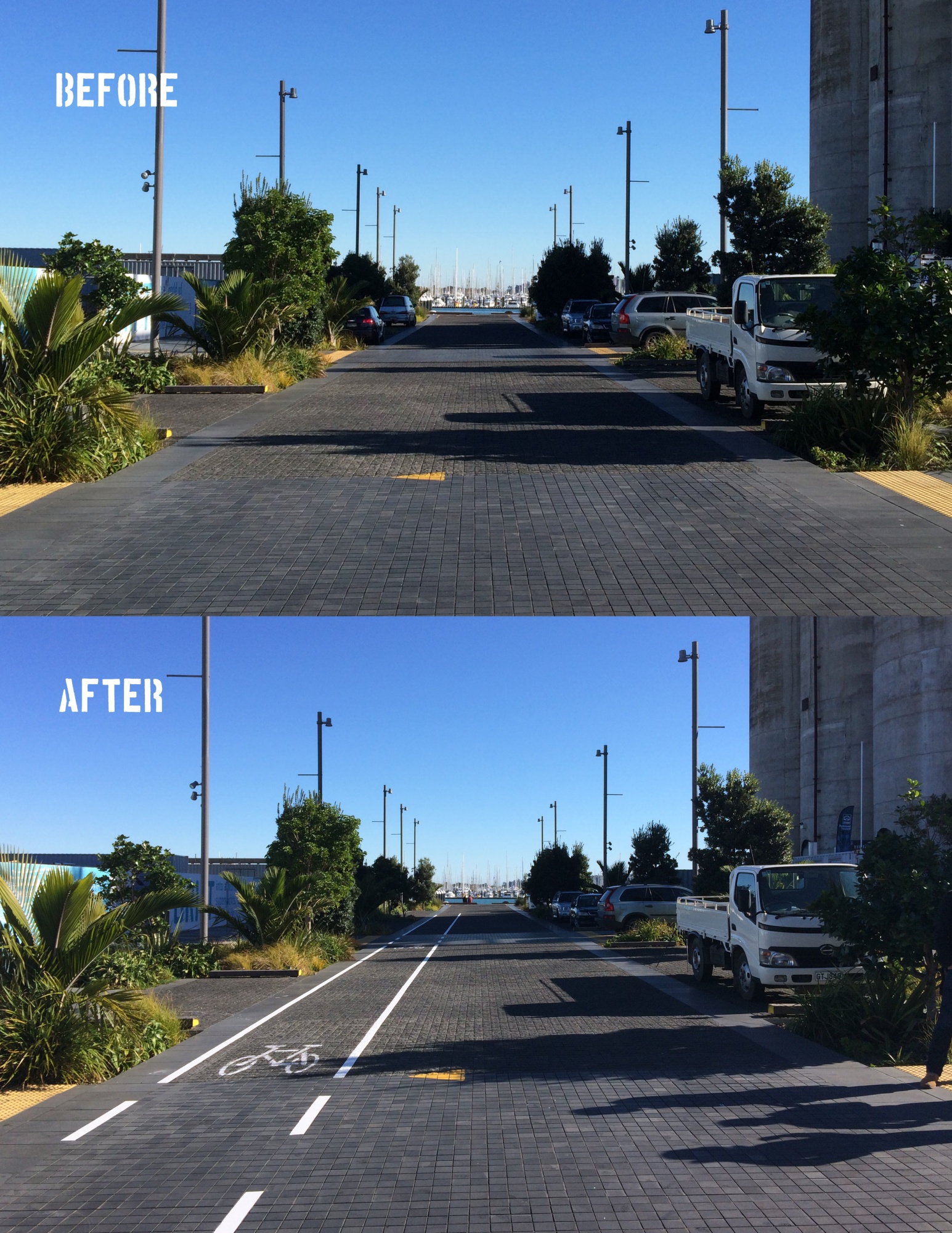

Analysis: Cybertruck Fatality Rate Far Exceeds That of Ford Pinto
The Tesla Cybertruck was recalled seven times last year.

National Parks Layoffs Will Cause Communities to Lose Billions
Thousands of essential park workers were laid off this week, just before the busy spring break season.

Retro-silient?: America’s First “Eco-burb,” The Woodlands Turns 50
A master-planned community north of Houston offers lessons on green infrastructure and resilient design, but falls short of its founder’s lofty affordability and walkability goals.

Test News Post 1
This is a summary

Analysis: Cybertruck Fatality Rate Far Exceeds That of Ford Pinto
The Tesla Cybertruck was recalled seven times last year.

Test News Headline 46
Test for the image on the front page.
Urban Design for Planners 1: Software Tools
This six-course series explores essential urban design concepts using open source software and equips planners with the tools they need to participate fully in the urban design process.
Planning for Universal Design
Learn the tools for implementing Universal Design in planning regulations.
EMC Planning Group, Inc.
Planetizen
Planetizen
Mpact (formerly Rail~Volution)
Great Falls Development Authority, Inc.
HUDs Office of Policy Development and Research
NYU Wagner Graduate School of Public Service
























